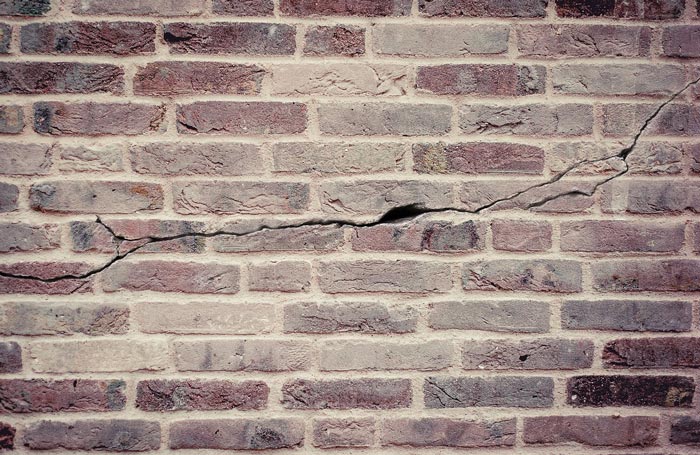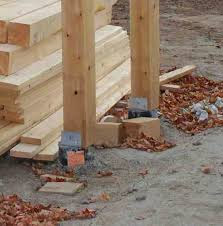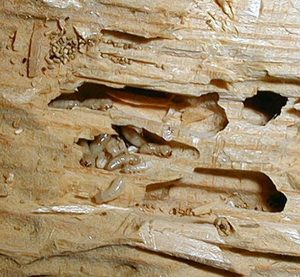
We harp all day long about the benefits of restumping. We wax lyrical about the euphoria that you and your loved ones will feel once your home has been properly fortified. And we do it for good reason. Homes that are properly restumped, reblocked, or underpinned are worth more, they’re more comfortable, and most importantly- they’re safer. But we spend all day long sharing the different benefits, the process, the key players that help make this happen. How are you supposed to know the why behind our work? Today, let’s take a step back and look at the reason that underpinning, restumping and reblocking came to life as necessary pieces of foundation fortification.
The number one reason behind the need for any of these services is natural shifts in the earth. It doesn’t need to be a 7.1 earthquake, like the one that unfortunately occurred recently in Mexico city. Earth, especially water soluble varieties like clay and silt, just moves over time. It moves because the tectonic plates beneath the earth are moving, minute by minute, year over year. Think about Antarctica. Did anyone ever anticipate that we’d end up with two different continents in the next 50 years? Preparation is key.
So, natural movement of ground just happens. But when heavy rains like hurricanes or tropical storms take place, this process is sped up significantly. When water interacts with the ground beneath the structure, it causes the soil to expand. As you can imagine, this is not ideal for the foundation of a home, as it is either spread too thin, or pushed in directions that the architect didn’t plan for. Key examples include homes that are built on hills, because it’s a regular occurrence that they may be pushed to lower altitudes without warning.
There are also human variables, which play a role in the need to restump a home. You may be looking to expand it in size. You may be looking to build lower levels like basements, or upper levels like attics. When your home was originally designed, the foundation was designed in a specific way to properly support the planned weight above. When this weight changes, that can put undue stress on the fortifying pillars beneath. This is the number one cause of foundation damage that homeowners tend to forget. It’s understandable. After all, you can’t see the foundation, or feel the pillars that are holding up your home. Not unless, you’re looking to explore a potentially dark and wet crawl space below. Just know, that any updates to your home, require keeping your foundation in mind.
None of these are anything to be terribly concerned over. That is, if you’re working with a company like Restumping Melbourne. We know that each property is as unique as its owners, and we’re dedicated to identifying a solution, which will fit the bill perfectly for you. Questions? Comments? Concerns? Don’t hesitate to reach out to the Restumping Melbourne team. We’re excited to make your home safe and comfortable.

 It’s like a
It’s like a  Not that any other industry is particularly fond of the little buggers, but those in the restumping business are
Not that any other industry is particularly fond of the little buggers, but those in the restumping business are